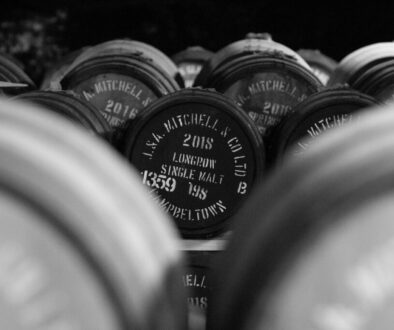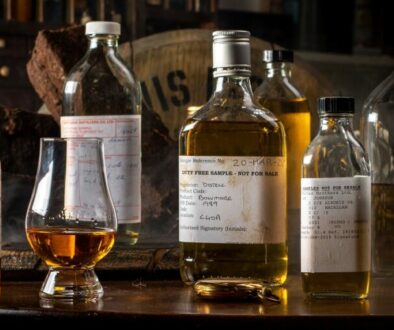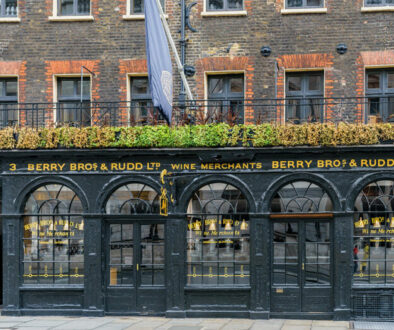The Springbank 50 Year Old is the oldest expression from the Campbeltown distillery and its whisky heralds from the year 1919. This incredibly rare bottling is, in its first iteration, presented in a pear shaped, 26 ⅔ fl oz bottle and has a strength of 66.3 proof. Whilst the 1919 distillation year isn’t included on the bottle itself, these bottles are often accompanied by a letter of authentication stating the exact date of distillation – 19th December 1919 – as well as impressing the scarcity of this whisky.
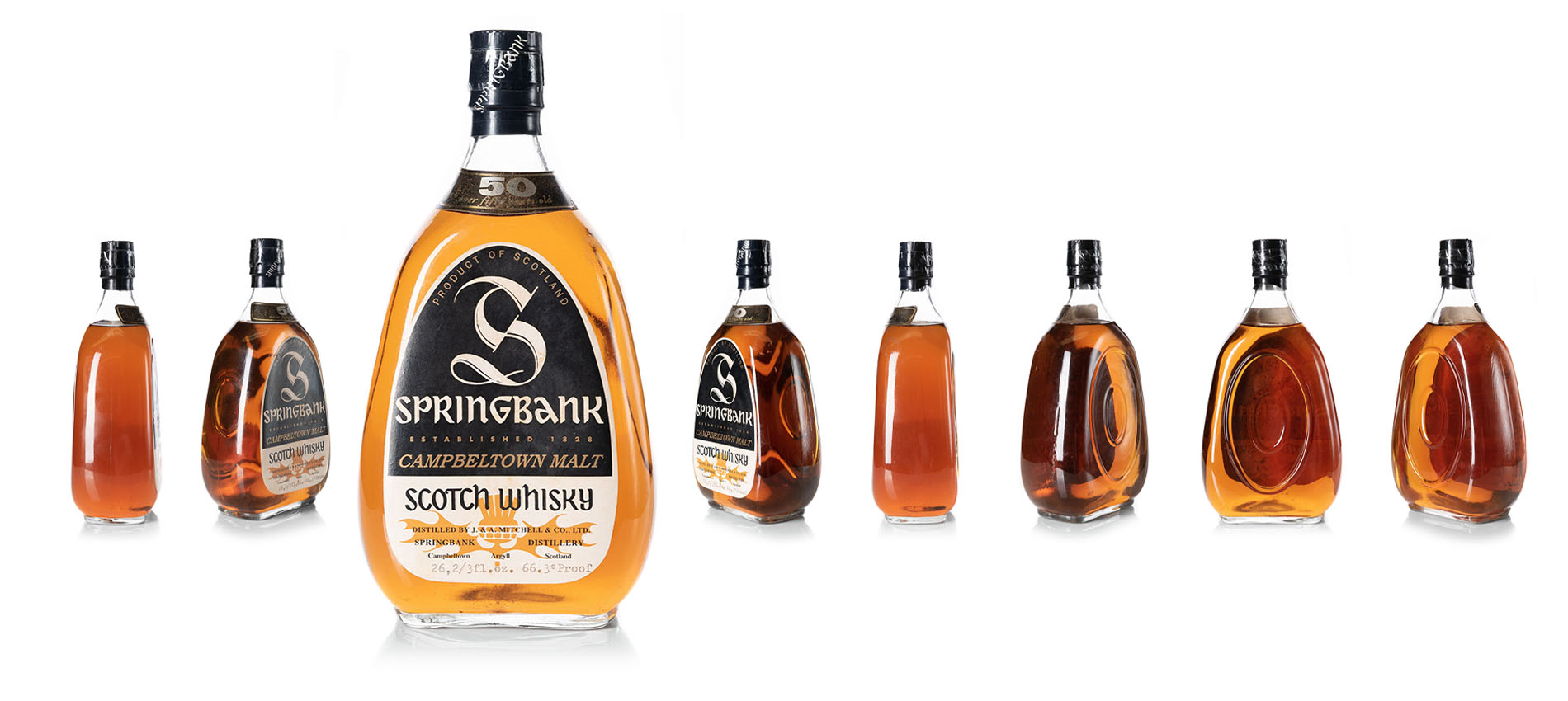
50 years is an incredible age statement and it was once the oldest age statement whisky available. 1919 seemed to be a huge turning point to those of the time, as the world had just survived the first Great War, and yet this was nothing compared to the world that the 1919 whisky emerged to 50 years later. It ran through the stills as the Treaty of Versailles was signed and the New York Yankees signed Babe Ruth; but it entered the bottle as the Chicago 7 were tried and the Apollo 13 mission launched to the moon. This whisky has existed through a world war, the birth of the television and the internet, and survived into the new millennium. Five decades is an enormous amount of time to spend in the cask and this landmark age statement is something that distilleries strive to achieve still.
What The Critics Say About the Springbank 1919 50 Year Old
The Springbank 1919 50 Year Old has been tasted and reviewed by some of the most renowned critics in the industry. It has been described as “a complete departure from almost anything to do with modern whisky” by Angus MacRaild of WhiskyFun, as it evokes the strong flavours of that older spirit. The tasting notes have said to include herbs, rapeseed oil, and bouillon stock, and it has been described as a “fascinating whisky to drink”.
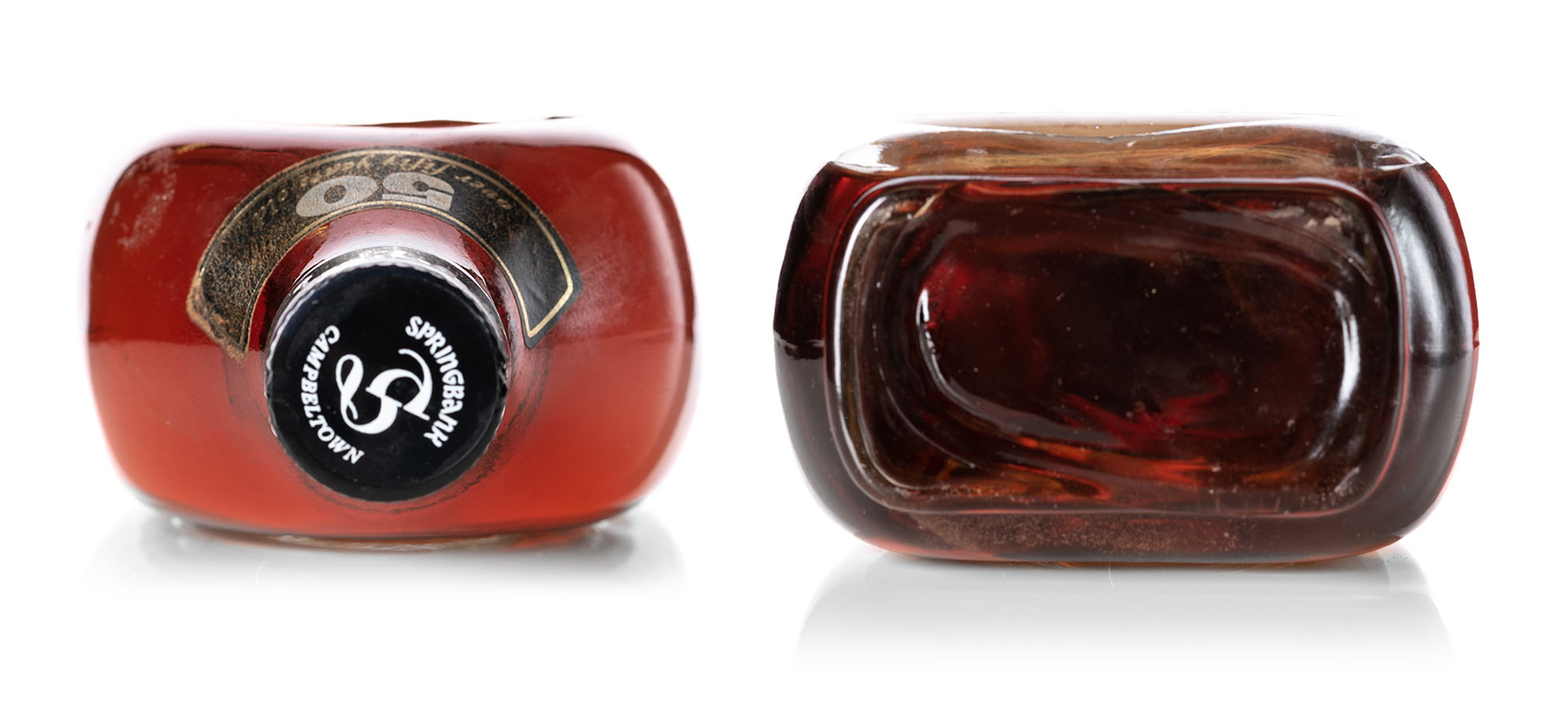
Springbank and Prohibition: How The Springbank 1919 50 Year Old Beat The Odds
In 1919 the stills were running at the Springbank distillery producing what would become this iconic bottling, and yet across the pond the North American Congress was passing the Volstead Act, prohibiting the sale and consumption of alcohol. Whilst these two may at first seem unrelated, it would begin a chain of events that would make this 50 year old bottle all the more special.
The USA was already a major exporter of Scotch whisky in the early 20th century, and as the Campbeltown region is the furthest west in Scotland, distilleries such as Springbank were well versed to benefit from this trade.
As the US plunged into prohibition, the demand for Scotch whisky skyrocketed as illegal runs were made to clandestinely bring alcohol into the USA. To meet this demand, Campbeltown distilleries fell folly to ramping up their production and producing a significantly lower quality spirit. As a result, Campbeltown whisky fell out of favour and by 1934, Springbank was one of just two remaining distilleries in the region, from an original twenty-one.
This context is vital to understanding the uniqueness of the Springbank 1919 50 Year Old. At a time where whisky, particularly Campbeltown whisky, was struggling, the Springbank 1919 laid and left as a single malt for 50 years. To further this, in the mid century period, whisky blends were favoured by most whisky drinkers, and single malt did not have a position in the market as it does today, making the decision to preserve a single malt an incredible test of foresight.
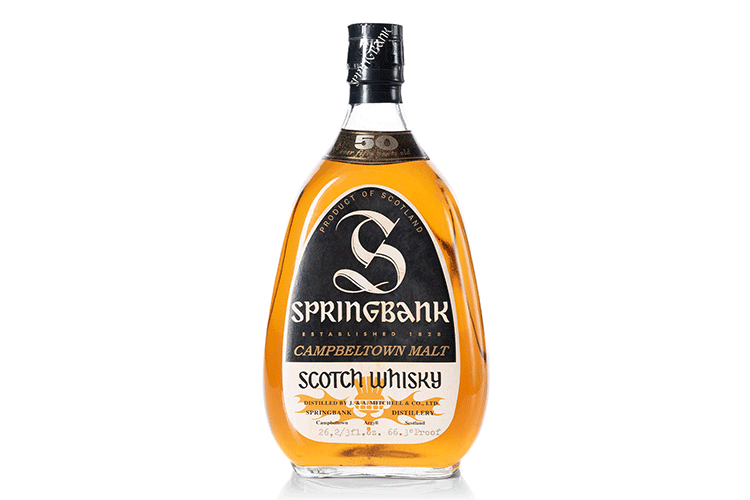
The Springbank 1919 Price Paradox
We’ve mentioned that this pear shaped bottling of Springbank 1919 50 Year Old is its first iteration and that is because the 50 year old was rebottled into a taller bottle with a wooden presentation box in the early 1970s. This bottling is equally rare and it holds the record as the most expensive bottle of Springbank sold on the secondary market when it sold for £266,200 in October 2019.
Let’s be clear here. The whisky inside the bottle that sold for £266,200 is a rebottling of this very whisky. The only difference is the label and the glass bottle.
It is unclear why the second iteration of this bottling has sold for over ten times the value of the pear shaped bottle, but in comparison it seems that the first bottling of the Springbank 1919 is incredible value for money as it houses the same whisky.
Not only is this particular bottle undervalued compared to the second bottling version of this whisky, it is also seemingly undervalued compared to other comparable 50 year old whisky from the same era.
There are two other standout 50 year old bottles which come to mind. The Macallan Anniversary Malt 50 Year Old was distilled in 1928 and bottled 13 years LATER than the Springbank, but has sold previously for up to £92,000.
The other comparable bottle is the 1937 50 year old Balvenie which we have sold previously for almost £45,000.
So by comparison to other 50 year old whiskies from similar distilleries, this Springbank 1919 50 year old seems to have been missed by the market.

